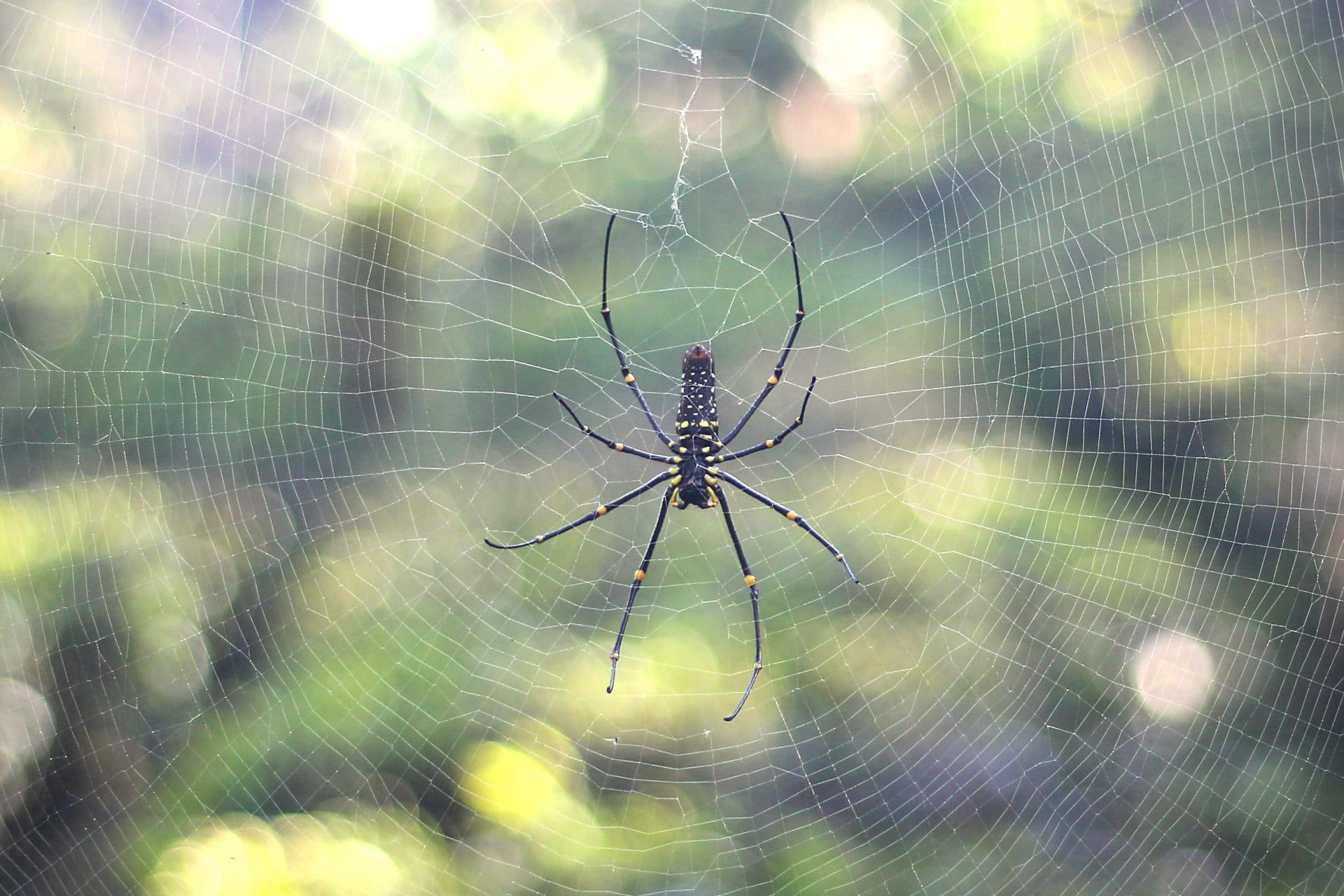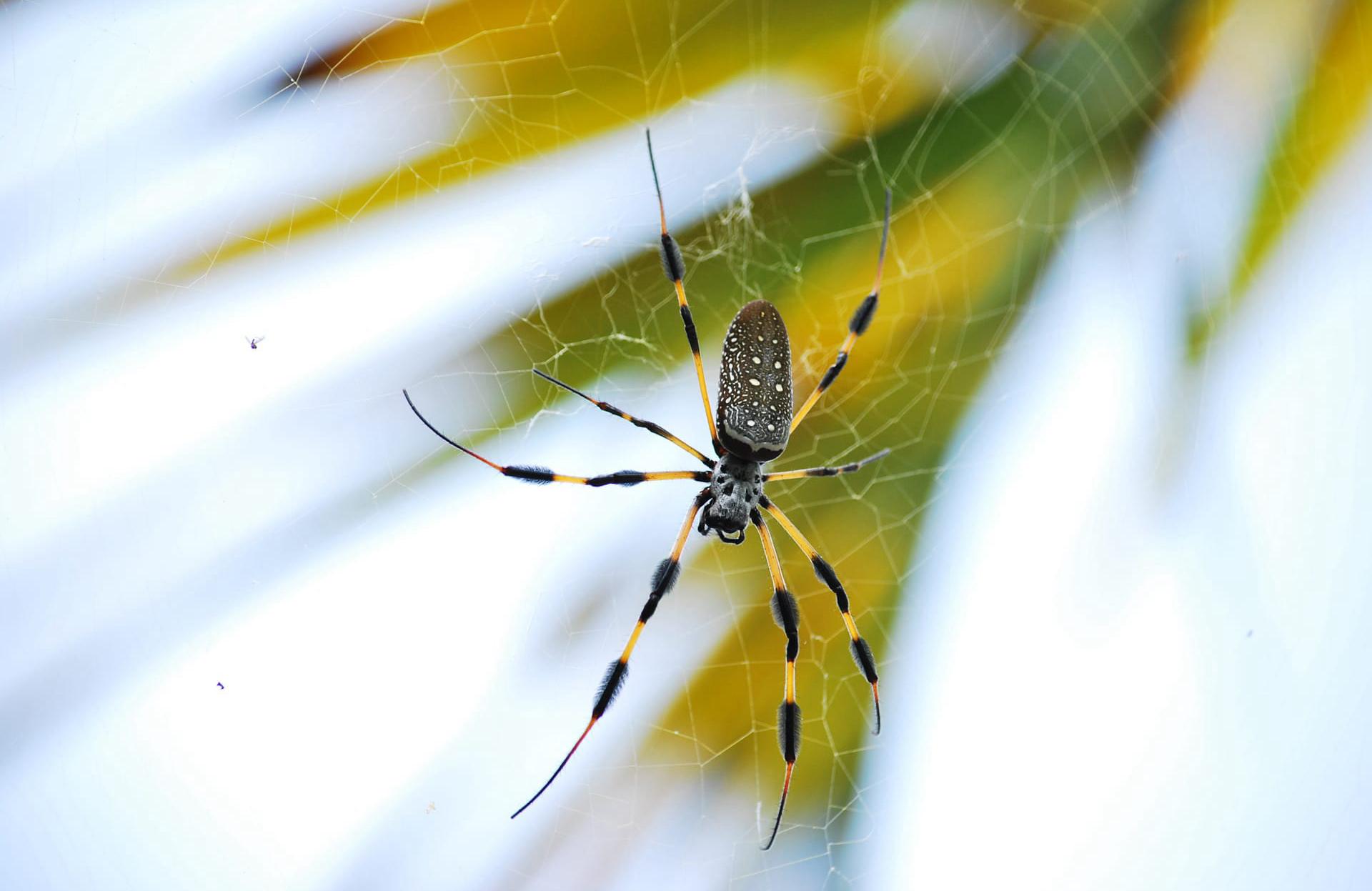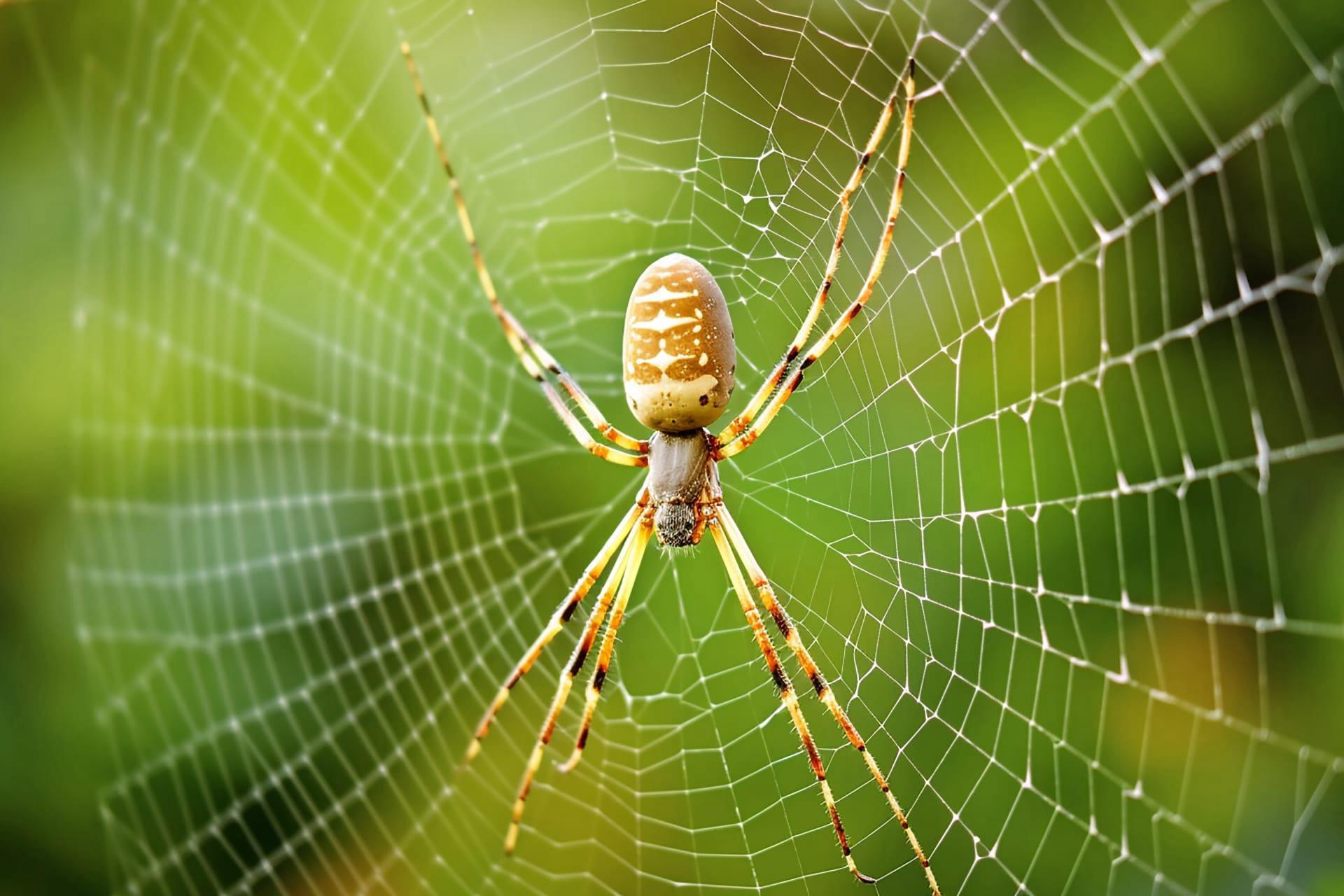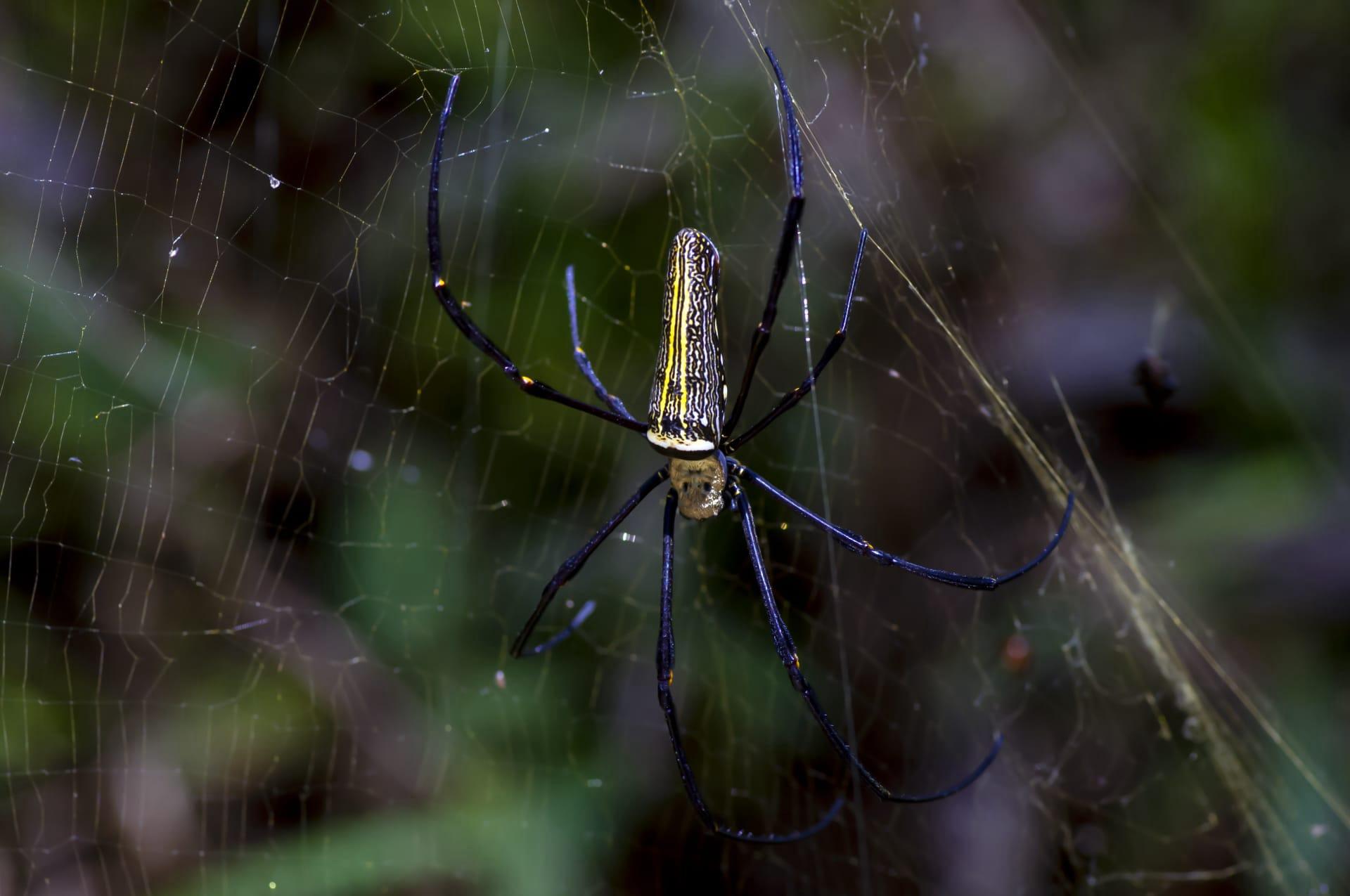Banana Spider
- Home /
- Mini Encyclopedia /
- Animal /
- Banana Spider
1
Banana spiders, scientifically known as Nephila clavipes, are a fascinating species belonging to the family Araneidae. This classification places them among the orb-weaver spiders, known for their impressive web-spinning abilities. They are particularly noted for their large size and strikingly colored bodies, which exhibit hues of yellow and black, resembling the pattern of a ripe banana – hence their common name. This species is distinctive due to its sexual dimorphism, where females are significantly larger than males, with females measuring up to 3 inches in body length, while males are typically less than 0.4 inches.
Banana spiders are predominantly found in regions of Central and South America, extending their habitat through parts of North America, particularly in the southern United States like Florida, Texas, and California. Their geographical distribution is closely tied to warmer climates, as these spiders thrive in subtropical environments. They are commonly spotted in forests and woodlands, but also adapt well to human-modified areas such as gardens and parks. The prevalence of banana spiders in a specific area depends on factors like temperature, humidity, and availability of prey, which influences their distribution patterns.

2
Question: Are banana spiders poisonous to humans?
Answer: A common misconception about banana spiders is their danger to humans. In reality, banana spiders are not aggressive towards humans and their venom is not lethal. Their bite can cause mild discomfort, similar to a bee sting, but it's rare and usually happens only if they feel threatened. The venom of banana spiders contains proteins that are effective in subduing their prey, mainly insects, but it's not harmful to humans. It's important to remember that while they might appear intimidating due to their size and vivid colors, banana spiders play a beneficial role in controlling insect populations and are generally harmless to people.

3
Banana spiders employ a remarkable survival strategy that revolves around their intricate and massive webs. These webs can span up to 6 feet in diameter, crafted with silk that is among the strongest natural fibers known. The silk's impressive tensile strength and elasticity make it incredibly efficient for trapping prey. Banana spiders strategically place their webs in areas with high insect traffic, optimizing their chances of capturing food. The web's design, featuring a unique zigzag pattern called stabilimenta, not only strengthens the web but also attracts prey by reflecting UV light.
Another survival tactic of banana spiders involves their reproductive strategy. Female banana spiders lay hundreds of eggs in a silk egg sac, ensuring a high survival rate for their offspring. The females are fiercely protective of their egg sacs, showcasing maternal instincts that are rare among spiders. This reproductive approach ensures the continuation of their species, as a large number of spiderlings can offset the high mortality rate typical in their early stages of life.

4
In the ecosystem, banana spiders play a pivotal role as both predators and prey. As predators, they contribute significantly to controlling the insect population. Their webs are not only architectural marvels but also act as natural pest control, capturing various insects including mosquitoes, flies, and moths. This helps in maintaining a balanced ecosystem and can even aid in reducing the spread of insect-borne diseases.
As a part of the food chain, banana spiders are prey for several bird species, lizards, and even larger spiders. Their presence in an ecosystem offers a food source for these predators, contributing to the biodiversity and health of their habitats. In addition to their ecological role, banana spiders are also important in scientific research, particularly in studies related to the properties of spider silk, which has potential applications in materials science and biotechnology.

5
Film: "Spiders in a Web" is a documentary produced in the United States in 2019. This captivating film explores the life and ecological impact of various spider species, including the banana spider. It offers a close-up view of their web-building techniques, hunting strategies, and mating rituals. The documentary also delves into the scientific research surrounding spiders, highlighting the potential uses of spider silk in modern technology.
Book: "The World of Spiders" is a comprehensive book by British author John Crompton, first published in 1950. It provides an extensive overview of various spider species, including the banana spider. The book delves into their biology, behavior, and the role they play in different ecosystems. Crompton's work is praised for its detailed descriptions and easy-to-understand language, making it accessible to both spider enthusiasts and general readers.
Book: "Spiders: The Ultimate Predators" by Stephen Dalton, published in the United Kingdom in 2008, is a fascinating read that includes a section on banana spiders. This book combines stunning photography with insightful text, covering the hunting methods, mating rituals, and survival strategies of spiders. Dalton's work is particularly noted for its vivid imagery and in-depth research, offering readers a detailed glimpse into the world of spiders, including the intriguing banana spider.